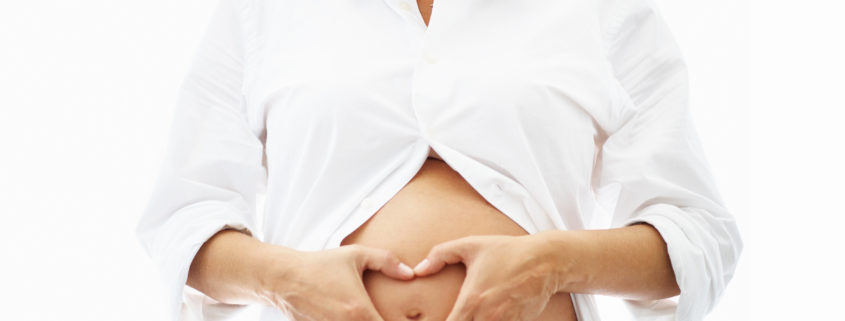What happens in the fourth to sixth month of pregnancy?
This is probably the time when the unborn child’s development is most noticeable and when most of the organs form.
Some of the developmental steps can also be seen by the mother on ultrasound. This is what happens in your womb during the individual weeks of pregnancy: At the beginning of the
13 weeks of pregnancy, the unborn baby has human characteristics.
Its organs are as good as ‘finished’, but need to mature so that they can function after birth without the help of the mother’s body.
From the
14 weeks’ gestation it is possible to tell whether it will be a boy or a girl.
In the 15-18.
The bones become stronger.
The lungs are also maturing, but the baby is still breathing in and out amniotic fluid.
This has so far only occurred on the mother’s side, but the baby has been producing additional amniotic fluid through its kidneys and lungs since the 12th week of pregnancy.
From the 17th week of pregnancy, women who have already given birth will notice the first movements of their baby.
Pregnant women who are having their first child feel their baby for the first time in the 20th-21st week of pregnancy.
SSW.
From the 19th-22nd week.
The baby grows hair on its head.
The baby’s milk teeth begin to appear and the skin is no longer so transparent.
The baby now weighs around 500g and is 19cm tall.
In addition, the alveoli form and the liver and spleen produce white blood cells.
In the
23rd and
24 weeks of pregnancy, the baby gains more weight and size due to the storage of fat.
The inner ear is now fully developed so that it can hear and react to external sounds.
The baby’s movements are sometimes very vigorous kicking and other times delicate movements such as sucking and playing with hands and feet.
From the
24 weeks’ gestation, the baby can have its own sleep-wake rhythm.
It also begins to open its eyes.
The lungs are almost complete from around
25 to 27 weeks, but would not yet be able to function fully without the mother’s metabolism.
Most pregnant women have few complaints in months 4 to 7 of pregnancy, and nausea and vomiting have also disappeared.
The size of the uterus and the weight gain are not yet so great that they hinder physical activity and breathing.
Because the placenta, which supplies the baby’s nutrition from the 12th week of pregnancy, receives nutrients via the mother’s blood, her heart has to work harder.
Her pulse increases by up to ten beats per minute and the mother breathes more deeply.
From the 16th week of pregnancy, colorless so-called colostrum can form and be excreted via the nipples.
In the 18th-19th
The uterus is about the size of a melon and is therefore visible as a ‘pregnancy belly’.
The skin tightens and stretches more and more, so that stretch marks can appear.
Because the heavy pregnant belly bulges forward, the expectant mother usually involuntarily adopts a hollow back posture.
This can lead to back pain.
From the 20th week of pregnancy, the pregnant belly can no longer be overlooked; the growing uterus now also pushes all the organs upwards. Pain may occur due to stretching of the ligaments and calf cramps.
This post is also available in: French German Italian Spanish Portuguese (Portugal) Dutch Swedish Arabic Turkish Bosnian














